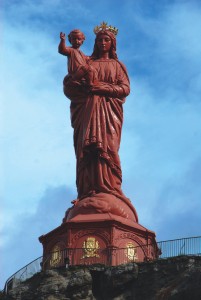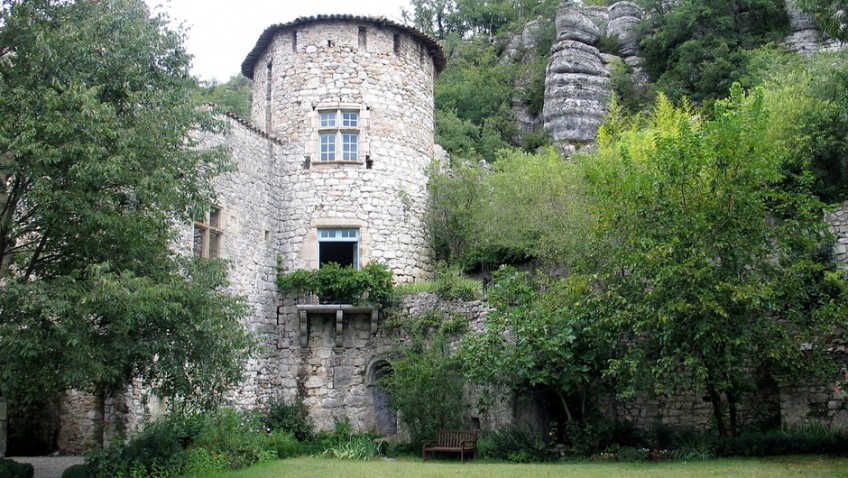Aiden Sawley visits a lesser known part of our closest neighbour
France is a country that has always held a certain fascination for me – it’s a country that has always seemed a little aloof, where cool is chic, where English bashing is almost a national sport!
In contrast, at almost two and a quarter times the size of the UK it has a feeling of space and openness, it has a history almost to rival our own, it has fantastic wines, great food and wonderful cheese and, I must say, it’s a place I’ve always found friendly and enjoyed visiting.
What many of you will not know is that France is, according to the United Nations World Tourism Organisation, the most visited country in the world by tourists – just under 85 million people visited it in 2013 – in contrast the UK is eighth in the list with some 32 million visitors annually.
With such a large country there is something for every traveller to do and see, from the delights (and also expense) of capital city Paris, to the ostentatious luxury of the French Riviera, from the Normandy Beaches to the magnificent Alps, from the wine regions of Champagne, Bordeaux, Burgundy and the Loire Valley through to the stunning scenery of the Massif Central.
Land of Volcanoes
It is the Auvergne region that forms part of the Massif I visited. The region is known as the land of the volcanoes for its stunning scenery, but it also has a fascinating cultural history with many medieval fortresses and castles. It is also known for its food, after all Clermont Ferrand, its capital, is home to the Michelin Company of the eponymous guide.
The very first guide was published in 1900 by the Michelin Brothers, Andre and Edouard, as a marketing aide to help boost the demand for cars, and consequently car tyres, their main product (at the time of first publication there were fewer than 3,000 cars on the roads in France), since when it has grown into the institution that it is now and known all over the world.
The region has a strong religious history with many impressive Romanesque churches, and is also the start of the Via Podiensis, perhaps the most popular of the Camino de Santiago walking routes in France starting from Le Puy-en-Velay.
The town of Le Puy-en-Velay, the home of the Puy lentil has a relatively small population of just under 20,000 people, but has what must be one of the most impressive cathedrals in the whole of France. Approached by some 60 steps, the Cathedral of Notre-Dame-du-Pay is an imposing building indeed. Legend has it  that Saint Louis IX of France, on his return from a pilgrimage to the Holy Land, gave the cathedral an ebony image of the Blessed Virgin clothed in gold brocade. While the original was destroyed during the French Revolution, there is a replica that is still venerated to this day.
that Saint Louis IX of France, on his return from a pilgrimage to the Holy Land, gave the cathedral an ebony image of the Blessed Virgin clothed in gold brocade. While the original was destroyed during the French Revolution, there is a replica that is still venerated to this day.
The town also boasts an iron statue of The Virgin Mary, known locally as the statue of Notre-Dame de France, which stands on top of a volcanic rock some 2,500ft high and is seen by many as the protector of the town. The pink-painted statue is made of iron taken from some 213 Russian canons captured in the Siege of Sebastopol during the Crimean War and presented to the town by Napoleon III.
Food, glorious food
The area really prides itself on its food and there are many very good restaurants around, or if you want to try traditional French food visit one of the many Auberges you’ll find across the region – whatever you choose there’s one thing I guarantee – and that’s that you won’t go hungry!
For more information visit the Auvergne Tourist Board website at www.auvergne-tourism.com, or the French Tourist Board website at www.rendezvousenfrance.com.
Flights to Lyon can be taken from most UK airports.




